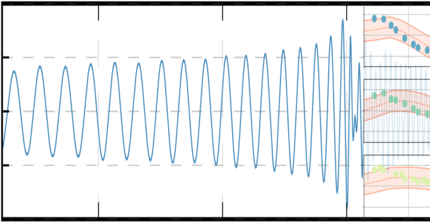Nuclear Physics - Multi-messenger Astronomy
The combined observation of GW170817 and AT2017gfo initiated a new era in multi-messenger astronomy. The analysis of the GW170817 did not only allow an inference of the masses or spins of the two neutron stars, but it was also possible to derive constraints on the tidal deformability, the quantity which determines how neutron stars deform within an external gravitational field. In addition, the observation of electromagnetic signals also allows constraining binary properties and the idea of combining electromagnetic and gravitational wave data seems promising and robust. But, multi-messenger parameter estimation is not restricted to the internal structure of neutron star it can also be used to measure the Hubble constant. Within the multi-messenger framework developed in our group, we are also able to incorporate information from nuclear physics experiments and nuclear physics computations as chiral effective-field theory to create a new nuclear physics - multi-messenger astronomy framework.

